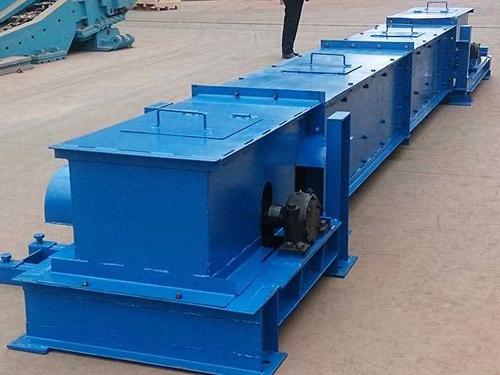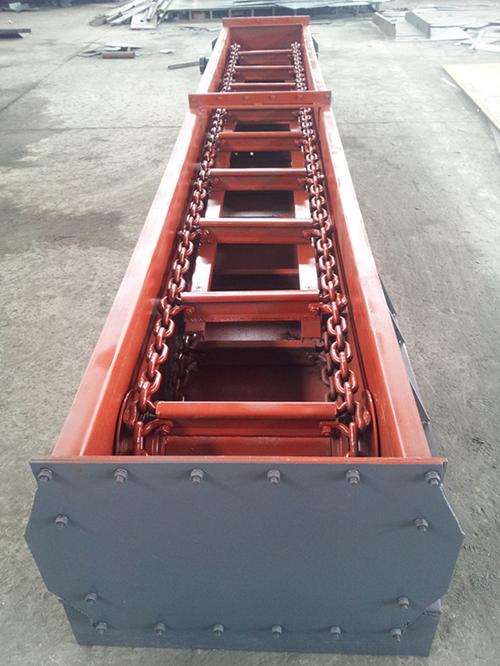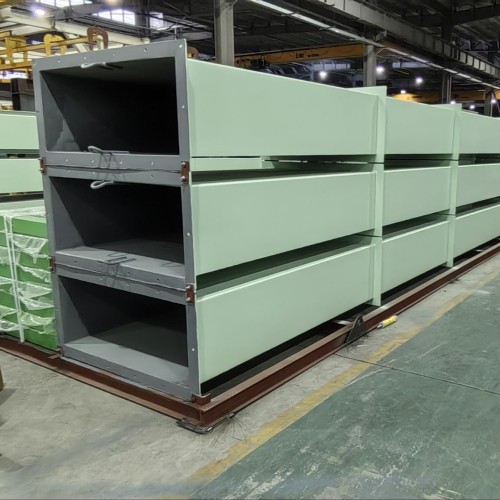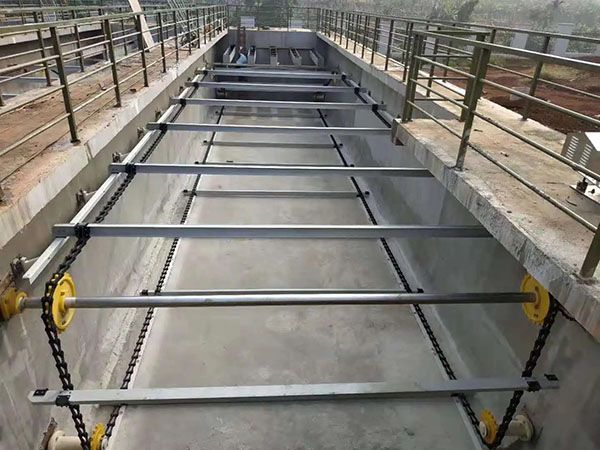
Ash Handling & Pneumatic Conveying
Ash Handling & Pneumatic Conveying systems are widely used in power plants, waste-to-energy plants, and other industries where the efficient transportation of ash is required. Pneumatic conveying offers a highly versatile and efficient way of moving ash (both fly ash and bottom ash) over long distances, either horizontally or vertically, through a pipeline using air or gas as the conveying medium.
Here’s an overview of Ash Handling & Pneumatic Conveying systems:
What is Pneumatic Conveying?
Pneumatic conveying is a process that uses air or other gas to transport powdered or granular materials through a pipe. In the case of ash handling, the ash is sucked into the pipeline by vacuum pressure or forced through the pipe using positive air pressure. Pneumatic conveying systems can be used to transport ash from one point to another within the plant, such as from boilers or furnaces to storage silos, disposal units, or processing stations.
Types of Pneumatic Conveying Systems for Ash Handling
- Dense Phase Pneumatic Conveying:
- High Pressure, Low Velocity: In dense phase conveying, air pressure is applied to move ash at low velocity through a pipeline. The material flows as a dense plug in the pipe, which is ideal for handling coarse or abrasive materials like bottom ash and slag.
- Advantages:
- Minimal wear and tear on the pipeline and components.
- Energy efficient since air velocity is low.
- Low material degradation due to the slower transport speed.
- Ideal for long-distance and high-capacity transportation.
- Dilute Phase Pneumatic Conveying:
- Low Pressure, High Velocity: Dilute phase conveying involves using high air velocity to carry ash through the pipeline. This method is suitable for fly ash and fine particles, where the ash is suspended in the air stream.
- Advantages:
- Versatile and flexible for various materials, including fine fly ash.
- Lower pressure requirements compared to dense phase systems.
- Easier to install and modify due to its simpler design.
- Vacuum Pneumatic Conveying:
- Vacuum to Convey Ash: Vacuum conveying systems use negative pressure (vacuum) to draw ash into the pipeline. This is often used for fly ash transport from collection hoppers or silos to a storage facility or disposal area.
- Advantages:
- Efficient in moving material upwards or to a distant location.
- No need for high-pressure air supply.
- Dust collection systems can be integrated for better containment.
- Positive Pressure Pneumatic Conveying:
- Blower-Based System: Positive pressure systems use a blower or compressor to push the ash into the pipeline. This system is often used for dense materials or long-distance ash transport.
- Advantages:
- Suitable for dense-phase ash transport.
- Can handle large volumes of material over longer distances.
- More reliable for harsh environments (e.g., high-temperature environments).
Key Features of Pneumatic Conveying Systems for Ash Handling
- Efficient Dust Control:
- Pneumatic conveying helps in managing dust emissions effectively, especially when transporting fine ash. The system can be enclosed, significantly reducing the environmental impact.
- It can be equipped with dust filters or baghouses to ensure minimal particulate emissions into the environment.
- Energy Efficiency:
- Dilute-phase systems generally consume more energy due to higher air velocities, while dense-phase systems are more energy-efficient since they move materials at lower velocities and can convey ash over longer distances without using as much energy.
- Long-Distance Conveying:
- Pneumatic conveying systems can transport ash over long distances and at multiple levels (e.g., from the furnace to a storage silo or between different parts of a plant). This makes it ideal for large industrial plants or waste-to-energy facilities.
- Handling of Abrasive Materials:
- Pneumatic systems are designed to handle abrasive ash (particularly bottom ash), which can wear out other types of conveyors. The dense phase method, in particular, is known for its low wear and tear on system components.
- Space-Efficient:
- Since the system uses pipelines to transport materials, it requires minimal floor space compared to traditional mechanical conveyors, making it a good solution for plants with limited space.
- Flexibility in System Design:
- Pneumatic conveying systems can be easily integrated with existing processes in the plant, offering flexibility in terms of routing, material flow rates, and points of discharge.
Applications of Pneumatic Conveying for Ash Handling
- Fly Ash Handling:
- Fly ash is collected at the exhaust of the boiler and needs to be transported to storage silos or disposal sites. Pneumatic conveying, especially vacuum or dilute phase systems, is ideal for handling this fine, lightweight material.
- Bottom Ash Handling:
- Bottom ash, being heavier and coarser than fly ash, is typically handled using dense phase pneumatic conveying. It moves in a dense plug within the pipeline and can be transported over long distances or to multiple discharge points.
- Boiler Ash Collection:
- Ash collected from the boiler furnace or from scrubbers can be moved using pneumatic conveying systems to either storage or disposal systems, improving operational efficiency and reducing downtime.
- Slag and Other Byproducts:
- In waste-to-energy plants or coal-fired power plants, slag is often generated alongside ash. Pneumatic conveying systems can be used to transport these byproducts to disposal or recycling units.
- Ash Recovery and Reuse:
- Some pneumatic conveying systems are used to recover ash from various points within the plant and send it for recycling or reuse in applications like concrete production or road construction.
Advantages of Pneumatic Conveying for Ash Handling
- Efficient Handling of Abrasive and Fine Materials: Pneumatic systems can handle both coarse and fine ash efficiently with minimal wear and tear.
- Dust-Free Operation: The enclosed nature of the system prevents the release of dust, ensuring a cleaner, safer work environment.
- Versatility: Can transport materials horizontally, vertically, and over long distances, offering flexibility in system design.
- Reduced Material Degradation: The gentle transport mechanism reduces the chances of breaking or degrading the ash during conveyance, especially for fine fly ash.
- Low Maintenance: Pneumatic systems generally have fewer moving parts than other conveying systems, making them easier to maintain and more reliable over time.
Conclusion
Pneumatic conveying is a highly effective and versatile solution for ash handling in power generation and waste-to-energy industries. Whether you’re dealing with fly ash, bottom ash, or slag, pneumatic conveying offers a reliable way to transport these materials over long distances with minimal dust generation and wear on the system. The choice between dense phase, dilute phase, or vacuum conveying depends on factors like ash type, transport distance, and required flow rates.
Would you like to explore further details on selecting the right pneumatic conveying system for your facility or need assistance with a specific design challenge?
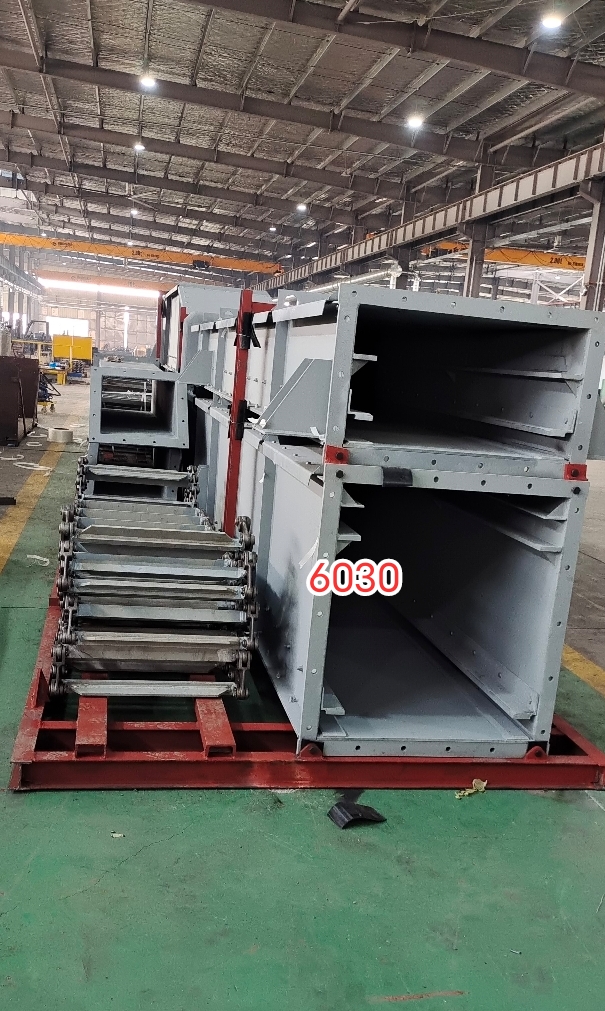
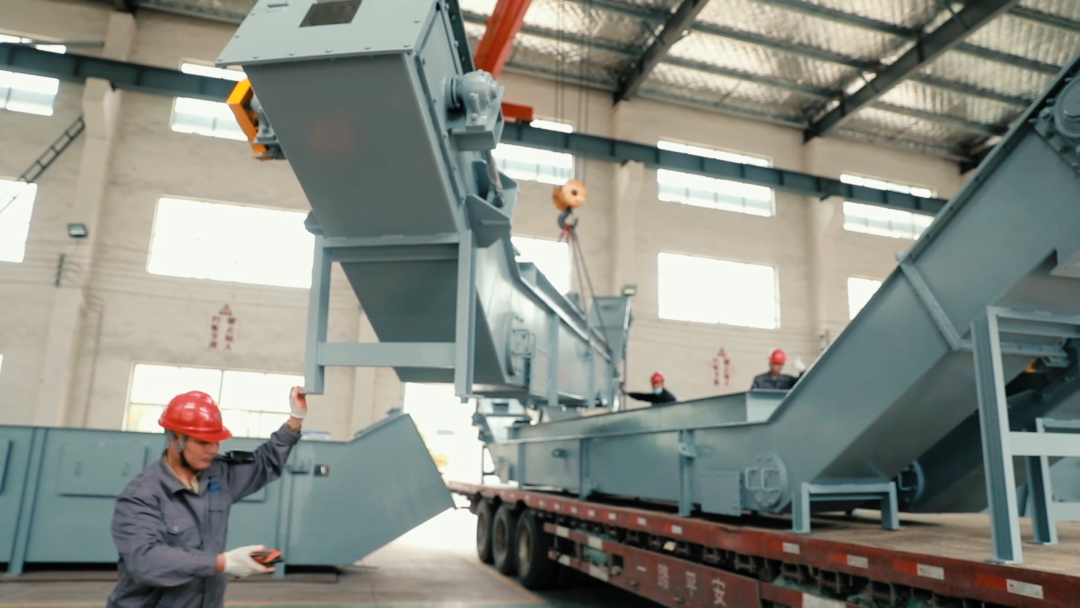
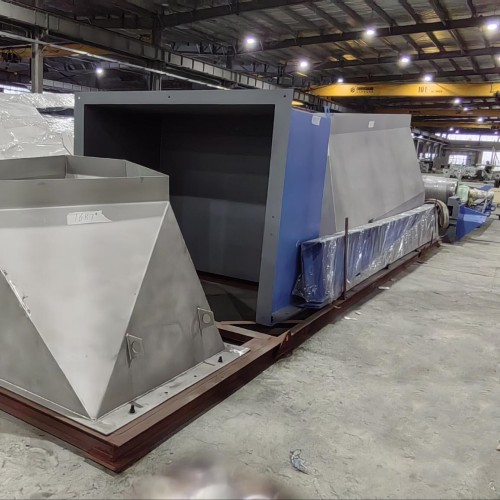
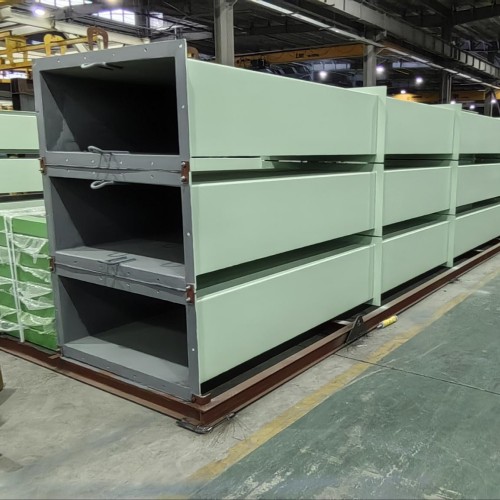
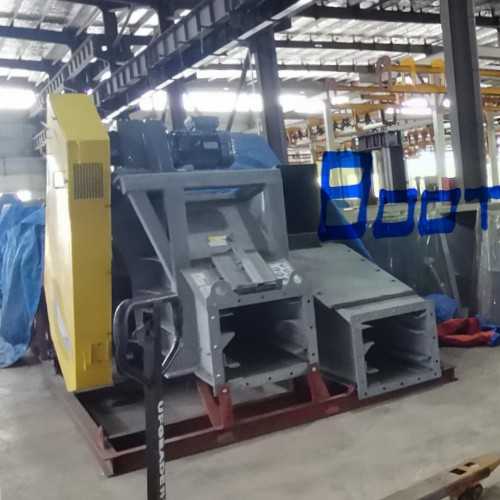
|
Model |
BG500S |
|
Chute Width (mm) |
500 |
|
Chute Depth(mm) |
500 |
|
Capacity (m3/h) |
30m3/h |
|
Chain Speed (m/s) |
0.12 |
|
Chain Pitch(mm) |
(P1/P2) P=142mm/200mm |
|
Conveyor Length (m) |
5.9<L≤40 |
|
Scraper size(mm) |
142×470×50mm |
|
Transport Material Thickness (mm) |
150mm |
|
Installation Angle (degree) |
≤15° |
|
Motor Power Kw |
7.5 |
|
Drive Installation Type |
Back Mounted (Left/Right) |
|
Transmission Type |
Chain Drive |
|
Ideal Granularity (mm) |
<10 |
|
Maximum Humidity (%) |
≤5% |
|
Maximum Temperature(˚C) |
≤150˚C |
|
Model |
BG640S |
|
Chute Width (mm) |
640 |
|
Chute Depth(mm) |
500 |
|
Capacity (m3/h) |
50m3/h |
|
Chain Speed (m/s) |
0.12 |
|
Chain Pitch(mm) |
(P1/P2) P=142mm/200mm |
|
Conveyor Length (m) |
3.39<L≤30 30≤x≤40 |
|
Scraper size(mm) |
142×600×50mm |
|
Transport Material Thickness (mm) |
200mm |
|
Installation Angle (degree) |
≤15° |
|
Motor Power Kw |
7.5 |
|
Drive Installation Type |
Back Mounted (Left/Right) |
|
Transmission Type |
Chain Drive |
|
Ideal Granularity (mm) |
<10 |
|
Maximum Humidity (%) |
≤5% |
|
Maximum Temperature(˚C) |
≤150˚C |


